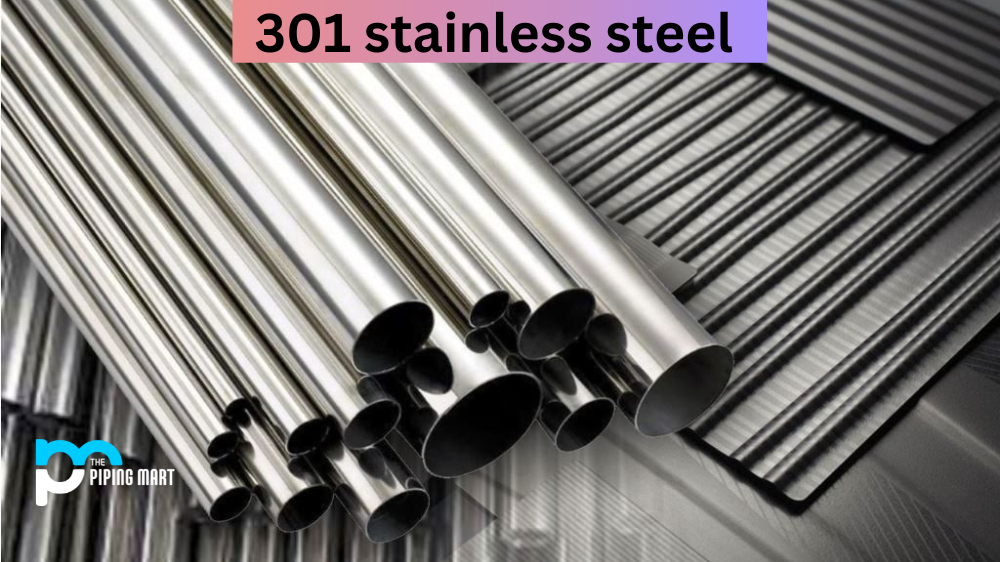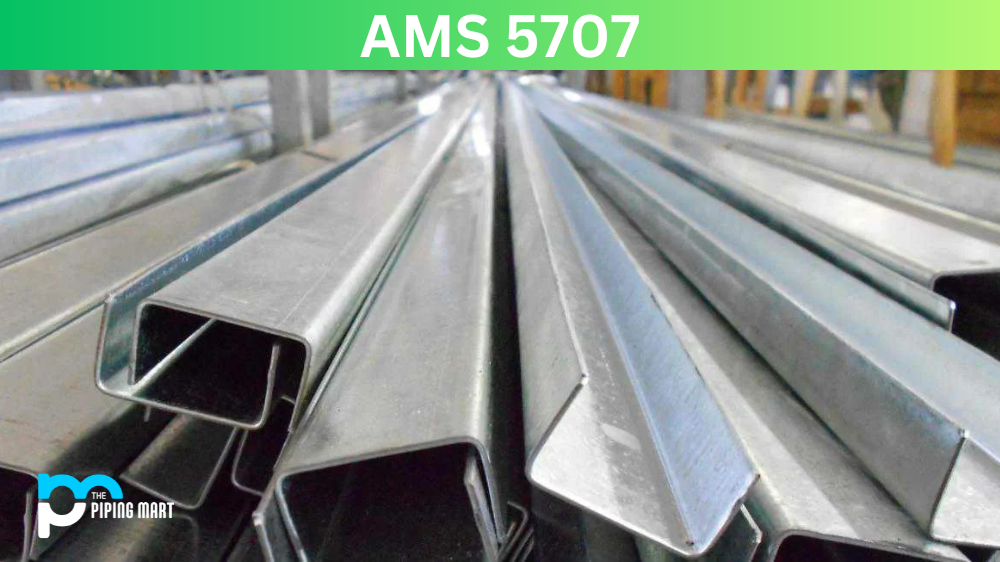Nimonic 81 is a favorite of those looking for alloys that handle extreme conditions without rusting, corroding, or becoming weak. But why should Nimonic 81 be your go-to alloy? Let’s explore this further in this blog post.
What is Nimonic 81?
This nickel-based alloy may have caught your attention because of its unique properties, making it an excellent choice for high-temperature and pressure applications.
Nimonic 81 Composition
Nimonic 81 is a nickel-chromium alloy that also contains titanium and aluminium. Its composition is composed of 19-21% chromium, 1.5-2.5% titanium, 1-2% aluminium, 18-21% iron, and trace amounts of carbon, manganese, and sulfur. This combination of metals gives Nimonic 81 high-temperature strength, excellent creep resistance, and outstanding oxidation resistance at temperatures up to approximately 980°C.
| Element | Content (%) |
|---|---|
| Nickel, Ni | 63 |
| Iron, Fe | 1 |
| Chromium, Cr | 30 |
| Molybdenum, Mo | 0.30 |
| Cobalt, Co | 2 |
| Titanium, Ti | 1.8 |
| Aluminum, Al | 0.9 |
| Silicon, Si | 0.50 |
| Copper, Cu | 0.20 |
| Manganese, Mn | 0.50 |
| Carbon, C | 0.050 |
| Zirconium, Zr | 0.06 |
| Sulfur, S | 0.015 |
| Boron, B | 0.003 |
Nimonic 81 Mechanical Properties
Nimonic 81 has an impressive set of mechanical properties. It possesses a tensile strength of 1020 MPa, yield strength of 550 MPa, and an elongation of 30%, which makes it a highly stable alloy when subjected to high pressures and temperatures. The alloy is highly resistant to thermal cycling and exhibits excellent fatigue resistance, critical for applications with repeated stressing or vibration.
| Properties | Metric | Imperial |
|---|---|---|
| Tensile strength(annealed) | 1050 MPa | 152 ksi |
| Yield strength(annealed) | 600 MPa | 87 ksi |
| Elongation at Break | 40% | 40% |
Nimonic 81 Physical Properties
Nimonic 81 has a density of 8.1 g/cm³, a melting point of 1320°C, and a thermal conductivity of 12 W/m-K. The alloy’s thermal conductivity makes it an excellent choice for efficient heat dissipation applications. Additionally, it has a low coefficient of thermal expansion, which implies that it shrinks and expands very little in response to changes in temperature. Its physical attributes, coupled with its durability, make Nimonic 81 a preferred choice for high-temperature applications.
| Properties | Metric | Imperial |
|---|---|---|
| Density | 8.06 g/cm³ | 0.291 lb/in³ |
| Melting point | 1305-1375°C | 2381-2507°F |
Nimonic 81 Uses
Nimonic 81 is famous for high-temperature applications, including aircraft gas turbine engines, furnace components, and nuclear power systems. It is used in gas turbine engines to manufacture combustion chambers, retaining rings, seals, and fuel-control systems. Nimonic 81 is used in furnace components to make pipes, thermocouple sheaths, and fixtures. It is also used in nuclear power systems to manufacture reactors, control rod components, and steam turbine power plants.
Nimonic 81 Corrosion Resistance
Nimonic 81 exhibits impressive corrosion resistance at high temperatures compared to other alloys with similar compositions. Its resistance to carburizing and oxidizing environments ensures its stability and durability. The alloy can withstand acidic and alkaline conditions, making it resistant to corrosion in chemical processing plants.
Nimonic 81 Heat Treatment
Nimonic 81 gives excellent results when heat-treated through annealing, hardening, and cold working processes. The heat treatment process helps enhance the alloy’s strength and durability at high temperatures, making it suitable for high-stress applications. It takes a slower cooling rate from the annealing temperature to relieve thermal stresses.
Nimonic 81 Machining
Machining Nimonic 81 can be a challenge because it is a hard-to-cut alloy. It has high work hardening rates, leading to faster tool wear and reducing the metal removal rate. However, with the right tools and process, Nimonic 81 can easily be machined to the desired shape and size.
Nimonic 81 Welding
Nimonic 81 is a nickel-chromium alloy suitable for gas tungsten arc welding. Its features include high strength at elevated temperatures, excellent corrosion resistance and low thermal expansion. It is commonly used in aerospace applications due to its strength and durability under extreme conditions.
Conclusion
Nimonic 81 is a special nickel-based alloy with unique properties, making it a preferred choice for high-temperature and pressure applications. With its excellent mechanical and physical properties, corrosion resistance, and heat treatment response, Nimonic 81 has found extensive uses in gas turbine engines, nuclear power plants, and furnace components. Machining Nimonic 81 can be challenging, but with the proper machining process and tools, it can be shaped into desired shapes and sizes. Whether you’re considering the alloy for your application or have been using it, knowing more about Nimonic 81 will help you better use its properties in your projects.

Abhishek is a seasoned blogger and industry expert, sharing his insights and knowledge on various topics. With his research, Abhishek offers valuable insights and tips for professionals and enthusiasts. Follow him for expert advice on the latest trends and developments in the metal industry.




